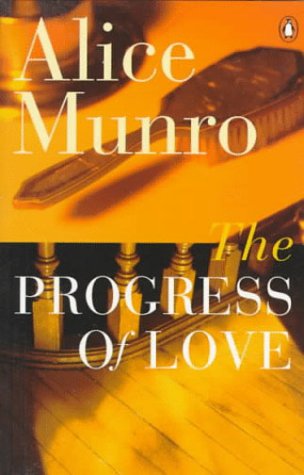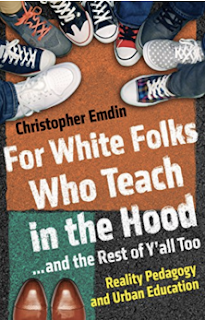So Plato talked about these beings that used to exist that had four legs and four arms and two heads. They were totally self-contained and ecstatic and powerful. Too powerful, so Zeus cut them all in half and scattered all the halves around the world so that humans were doomed to forever look for their other half, the one who shared their very soul. Only the luckiest humans find their split-apart, you see.It's been a rough couple of weeks, and I needed a good YA novel to sink my teeth into. This one did not disappoint. Nelson gives us the story of Noah and Jude, twins who are split apart by the paired ravages of high school and a family tragedy. Nelson divides the chapters between the two, and traces their journey away from each other and then back together artfully. Their voices are completely different--Noah thinks in crazy, almost psychedelic images, Jude is much more grounded and down to earth, but the complement each other nicely and the book has balance.
Noah starts the story as the odd one: an outsider who draws and paints like his life depends on it. He falls in love with the boy next door--a kid with a telescope on his roof and a bag full of meteors he drags through forest looking for more. Jude starts out perfect and blonde and popular; she surfs and parties with older kids, and dresses in skirts so short they drive her mother crazy. Then, as the bottom falls out of their lives, they switch places. Noah stops drawing, starts running cross country, and gets himself a girlfriend. Jude shaves her head, folds into herself, and disappears into her own artistic pursuits.
This has all the makings of a great YA novel--weird, misfit kids, tragedy, redemptive romance--but it goes deeper than most. Nelson has written two characters who are broken in ways that are real and serious and feel close to home (even if you're not a closeted gay sixteen year old). Their brokenness is heartbreakingly written, but their journey back to wholeness is more compelling than I'm used to. They find themselves not just through romance, but through art and family and nature documentaries, and small, tiny details. I struggle with the standard YA formula (broken kid finds love despite all the odds and is fixed) because I think kids who need those redemption stories the most can't see themselves in them. Love, even improbable love, seems so far out of reach, that it doesn't feel like it could ever be a solution to them. This book is different. Noah and Jude are both talented artists, and their art plays a huge role in their return to themselves; the idea that something inside them led them out of their holes feels very different from the books where romance is what pulls them out. That isn't to say that romance doesn't feature prominently. Nelson writes teen romance beautifully--it's not overwrought, but it's big and overwhelming in all the ways first love really is. It's a little corny, but teenagers in love always are.
The best relationship in the book (and there are many) is Noah and Jude's with each other. It's the one you root for most, and the one that feels like the biggest uphill journey. At the end, as things are getting close, Nelson throws several wrenches in the system, and you're convinced they'll never make it. Noah, though, never seems to lose hope:
This is us. Our pose. The smush. It’s even how we are in the ultrasound photo they took of us inside Mom and how I had us in the picture Fry ripped up yesterday. Unlike most everyone else on earth, from the very first cells of us, we were together, we came here together. This is why no one hardly notices that Jude does most of the talking for both of us, why we can only play piano with all four of our hands on the keyboard and not at all alone, why we can never do Rochambeau because not once in thirteen years have we chosen differently. It’s always: two rocks, two papers, two scissors. When I don’t draw us like this, I draw us as half-people.
I loved this one. Nelson writes beautifully and fills the novel with little gems--images and moments and reflections--that add up to a fabulous read.









